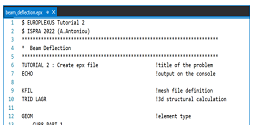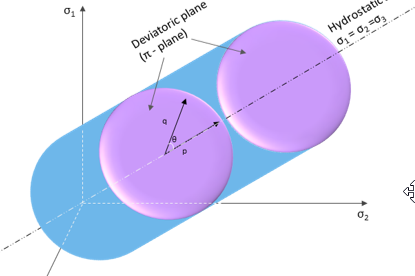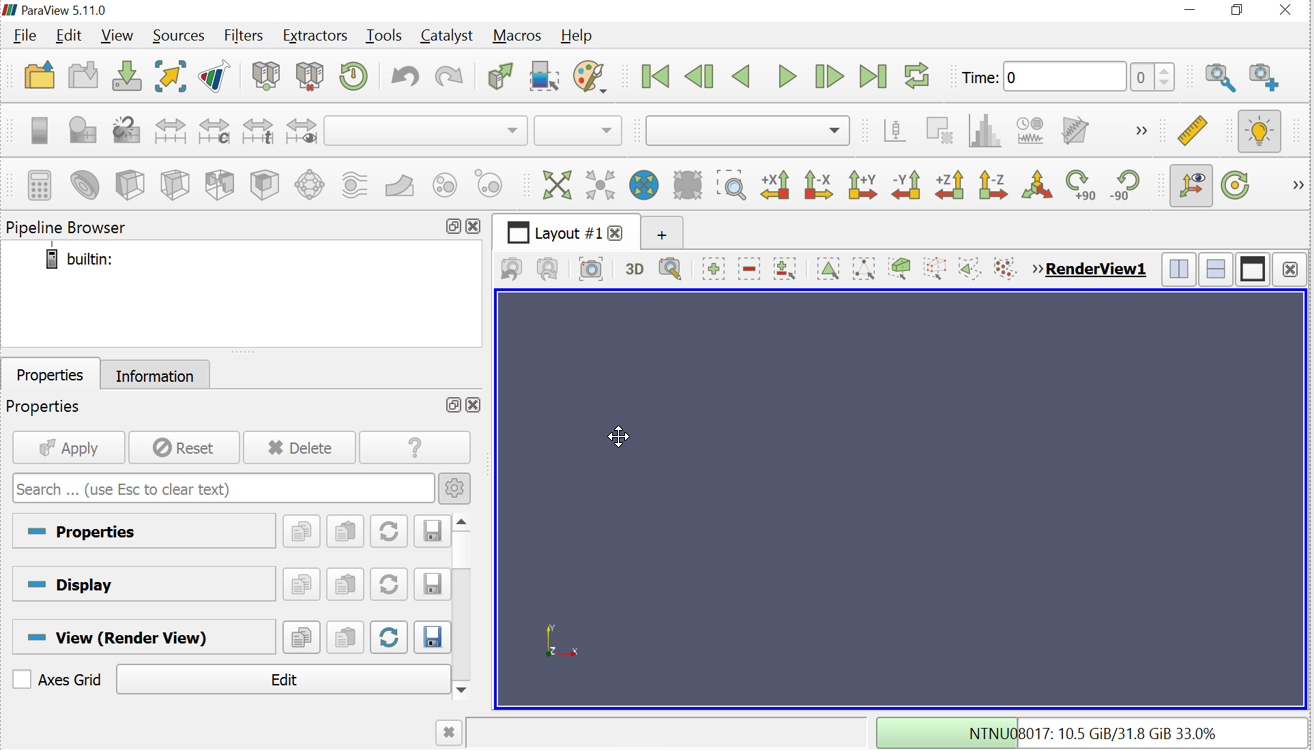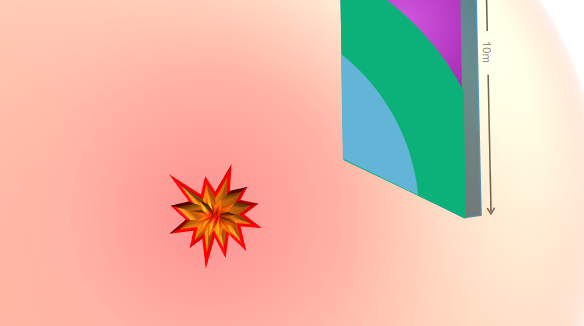The videos on this page support new EUROPLEXUS users. They provide initial guidance on the functioning of the software, the code and potential use cases. These tutorial videos are a complement and do not substitute complementary training sessions that new users require. They provide case studies, allowing for the testing of the presented features in a self-study mode.








